
Flu viruses occur in many species of animals, and dogs are no exception. Canine influenza, or dog flu, is a contagious virus that causes respiratory illness in dogs. Any dog can become infected with the canine influenza virus, and dogs who are in close contact with other dogs, like at daycare, boarding, and in shelters, are particularly at risk.
Although canine influenza does not commonly cause death, it can compromise the lungs and lead to a secondary bacterial pneumonia that may affect whether a dog recovers. Canine influenza has occurred in most states in the United States.
Canine influenza is caused by a flu virus that belongs to the family of orthomyxoviruses. These viruses are highly variable and adaptable to many species of animals, including birds. Within this family, canine influenza belongs to the type A influenza viruses. Two subtypes of canine influenza have been identified in the United States, H3N8 and H3N2.
Influenza A viruses tend to remain within certain species of animals, but sometimes changes in the genetic makeup of the viruses enable them to “jump” to other types of animals. It’s likely that this is what happened with canine influenza. The H3N8 subtype appears to have come from horses originally and moved into dogs in the late 1990s or early 2000s. Birds were the likely source of the H3N2 dog flu, which appeared in dogs in Asia in the early 2000s as well and may have come from contact with birds in live markets. Occasionally other types of influenza A viruses that come from humans, horses, pigs, and birds can infect dogs, but these instances are rare.
Dogs with H3N8 canine influenza usually show mild to moderate symptoms that can resemble other respiratory illnesses like infectious tracheobronchitis (kennel cough). Dogs will have a dry or moist cough, runny nose, and decreased appetite. They may be lethargic and run a low-grade fever. Vomiting and diarrhea have been occasionally noted with the flu, but these symptoms are not normally seen in most cases.
When the H3N2 variant of canine flu first appeared in Asia, dogs became very sick and the rates of death were high. Although dogs can still become very ill from this variant of the flu, severe sickness and death are no longer common. Most dogs show symptoms of mild to moderate respiratory illness, similar to the H3N8 variant.
Dogs may run a low grade fever. Normal temperature for a dog ranges from 100 to 102.5 degrees Fahrenheit. A fever is indicated by temperatures above 103 degrees Fahrenheit. While most dogs run low fevers, a high fever in a dog with canine flu may mean that they’ve acquired a bacterial infection in their lungs as well.
Dogs have a dry or moist cough that continues for as long as three weeks, even when the dog is otherwise feeling better.
Sneezing is a common symptom of upper respiratory infection that often comes along with discharge from the nose and eyes.
Dogs may have either clear or colored discharge from the nose and eyes. If the discharge changes color and appears yellow, white, or green, the dog may have secondary bacterial infection that needs to be addressed.
Dogs with fever, nasal and upper respiratory congestion, and cough sometimes lose their appetite because they don’t feel well, can’t breathe clearly, and aren’t stimulated by the smell of their food. Offering them food that smells strongly and adding water to their food so they can lap it up often helps.
Fever and respiratory illness make the body feel achy and tired, and many dogs may feel lethargic and not want to move much when they’re feeling these symptoms. A decreased appetite also means a dog has less energy from lower food intake.
Canine influenza is caused by a virus that is transmitted between dogs via droplets in the air. If dogs are in close contact, like in a boarding facility or shelter, and a dog that has canine influenza coughs or sneezes near another dog, that dog may breathe in those droplets and become infected as well. Common influenza viruses can also remain infectious on surfaces for up to two days, on clothes for 24 hours, and on hands for 12 hours, which means people can spread the virus as well if good hygiene and disinfection aren't implemented. In this way, the virus passes from dog to dog until many dogs are infected and ill. This is then considered an outbreak. Canine influenza is highly transmissible in these conditions.
In the United States, recent outbreaks have occurred in Texas, California, Florida, Indiana, South Carolina, Ohio, Pennsylvania, and New York. With the exception of North Dakota and Nebraska, canine influenza has appeared in every state at some point.
If your dog is sneezing, coughing, and showing other symptoms of a respiratory infection, the best thing to do is visit a veterinarian right away. Be sure to inform your veterinarian's office of your dog's symptoms before bringing it into the building. They may have a special area to keep possibly contagious pets isolated. Your veterinarian will do a physical examination and ask you about where your dog has been recently and whether there has been any close contact with other dogs.
Canine influenza is diagnosed by taking a swab of the dog’s nasal or upper respiratory passages. This is a quick, relatively noninvasive procedure, although it may be uncomfortable for the dog because the swab must be inserted far up the nose. Once the sample has been acquired, your veterinarian will send it to a laboratory for testing.
The most reliable test to diagnose canine influenza is a polymerase chain reaction test, which can detect genetic material from specific viruses. Other tests are available and may also be used, including virus isolation tests and tests that detect antibodies to influenza in the dog.
Treatment is mainly supportive care to help the dog’s immune system fight the virus and recover. Supportive care includes maintaining good nutrition and hydration, reducing stress, and keeping the dog’s living areas clean. Other conditions, like bacterial infections, pneumonia, and dehydration are also treated. This may necessitate giving fluids to the dog and medications to treat the specific conditions.
Dogs generally have mild illness and recover well from canine influenza, although it may take a few weeks for their cough to go away. Dogs who are very young, very old, have underlying illnesses, or are immune suppressed are at a greater risk of severe illness and death. Dogs with secondary bacterial infections and pneumonia have a poorer prognosis, although they can recover with aggressive treatment.
Vaccines are available for both H3N8 and H3N2 viruses and can be given in combination. However, not all dogs should have these vaccines. Dogs with high risk factors for exposure to canine flu, like boarding, kenneling, going to groomers, and in shelters, should have the vaccination. Your veterinarian can help you determine if your dog is at risk of canine influenza and should get the vaccine.
The H3N8 strain of canine influenza has not been shown to infect any other types of animals. Even though the strain originated from horses, this virus no longer seems to be able to infect them and cause illness.
The H3N2 strain will infect and cause illness in cats, and it’s important to keep a dog with canine influenza away from any cats in the house. Dogs who are showing symptoms of canine influenza or who have been exposed to a dog with the flu should be isolated away from other animals until they have recovered. Proper disinfection and hygiene is very important to avoid spreading the virus to other animals.
There is no evidence that canine influenza can spread to people, and there have been no documented cases where this has occurred.

Cute Pictures & Facts About Calico Cats & Kittens
Learn fascinating facts about calico cats, including photos, the genetics behind this color combination, and common folklore and traditions.
How to Prevent Cat Separation Anxiety During Vacations
Discover why cats develop litter box problems and cat behavior problems when you go on vacation and what you can do about it to help them.
Cat Behavior Changes That Might Mean Something's Wrong
Cats' behavioral changes may indicate problems—or they may mean nothing at all. Explore causes of odd behavior and what to do about them.
Lhasa Apso: Dog Breed Characteristics & Care
The Lhasa apso is an ancient breed from Tibet that was bred to be a watchdog. Learn about its history, health, exercise needs, and more.
Reasons Why Dogs Run Away and How to Stop It
Dogs can escape, especially if they’re bored and not properly contained. Here are some techniques for stopping your dog from running away.
Can Dogs Get Depression? How to Help Your Sad Dog
Can dogs get depression? Learn about the signs of depression in dogs and find out how to help your sad dog.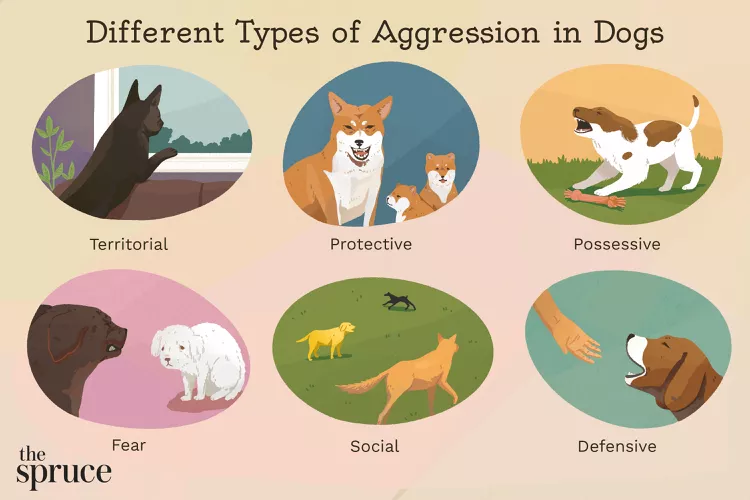
How to Stop Aggression in Dogs
Dog aggression can be a serious behavior issue for pet owners. Learn how to stop aggression in dogs before someone gets hurt.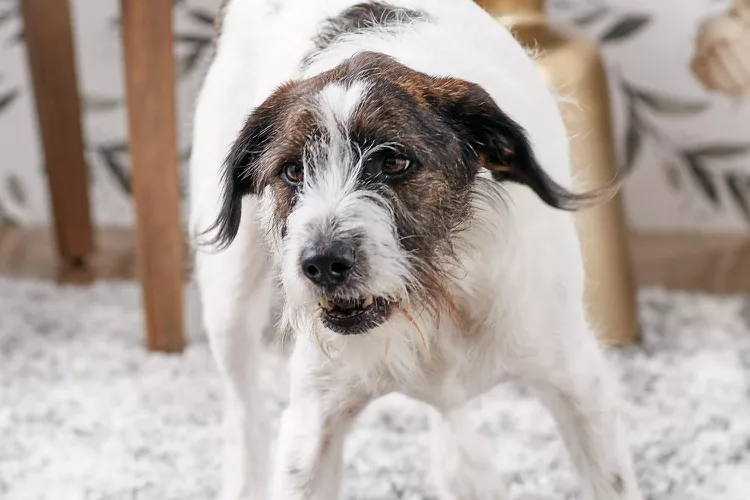
How to Stop Your Dog From Growling
A growling dog can soon become even more aggressive. Reduce the noise and potential for a dangerous situation with some of these techniques.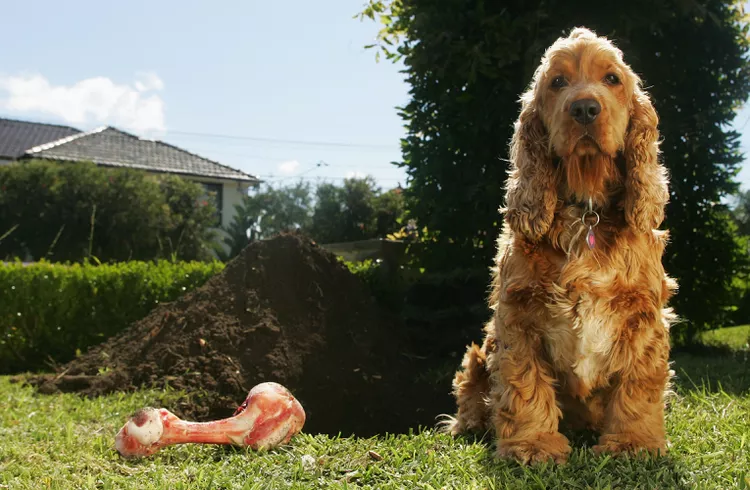
Why Do Dogs Dig Holes? How to Stop Your Dog from Relandscaping Your Yard
Dogs have been digging holes for centuries and for many reasons. Whether they’re bored or want to cool off in the dirt, here are the top reasons why dogs dig holes.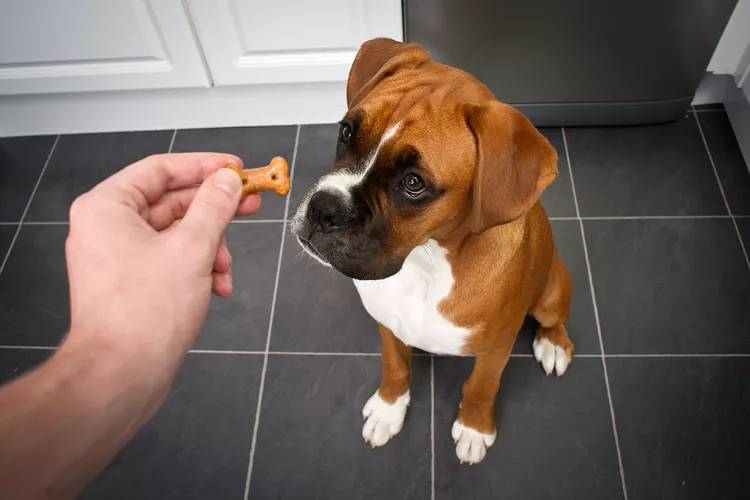
Dog Treat Varieties
Learn about the different types of dog treats on the market and decide which are best for your dog.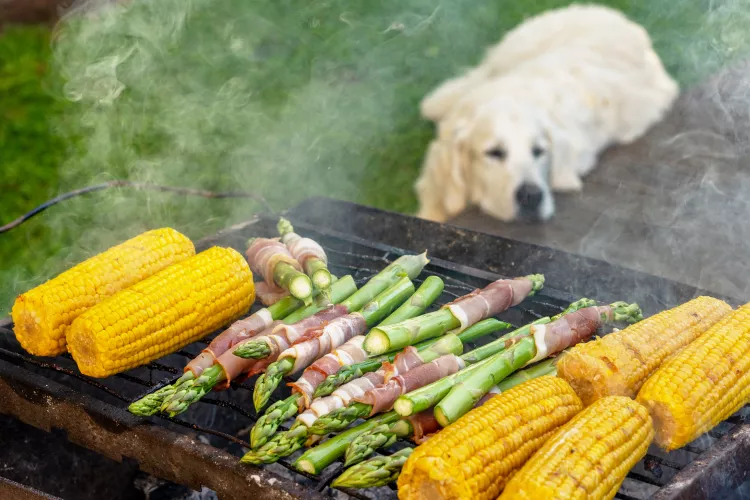
Can Dogs Eat Asparagus?
Dogs can eat asparagus, provided the vegetable is cooked plain and cut up for them. Seasonings, salt, and butter make it unhealthy for dogs.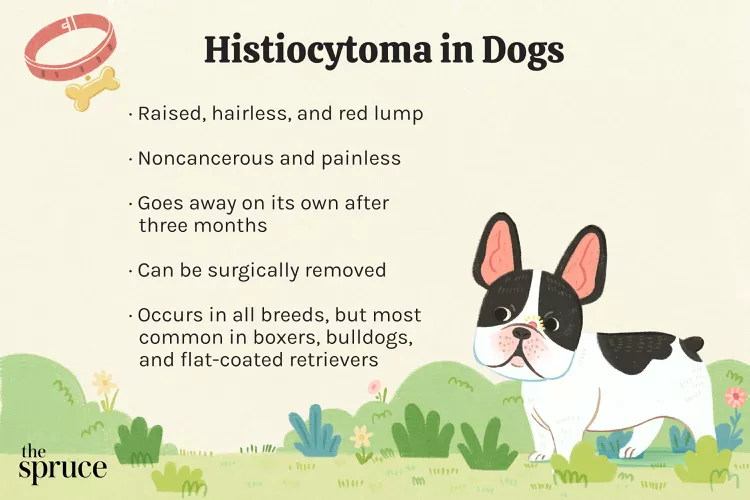
Histiocytomas in Dogs
A histiocytoma is a type of benign (non-cancerous) skin lump that usually affects young dogs. Learn the causes, treatment, and prevention.
Why Is My Dog’s Eye Swollen?
If your dog's eye is swollen, she may need veterinary attention. The inflammation could be caused by allergies, an injury, or even a tumor.
Common Bugs and Parasites Found on and Inside Dogs
Learn about common types of parasites in dogs. Find out how to treat and prevent parasites to keep your dog, your family, and yourself safe.
Exploring the Different Types of Pet-Friendly Beaches
Are you looking for pet-friendly beaches? Learn about the different types of pet-friendly beaches, their locations, and tips for visiting them with your pet.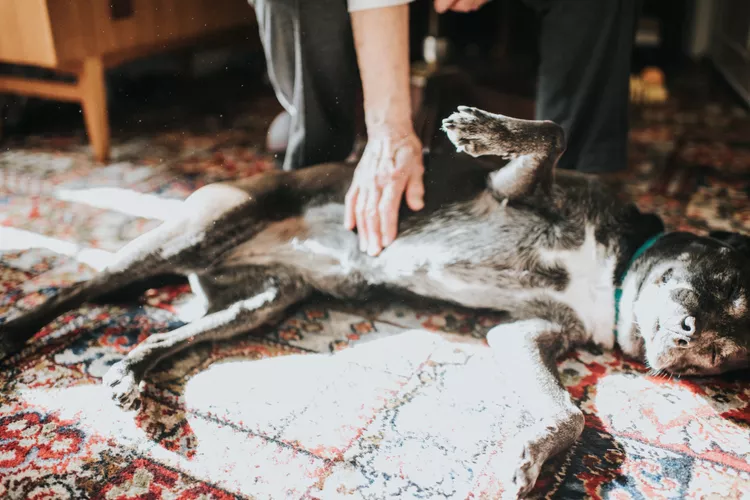
10 Obscure, Little-known Canine Facts in Honor of National Dog Day
With National Dog Day upon us, it's time to celebrate everything about our favorite pets—even the weirder stuff. Here are 10 obscure facts about dogs you probably didn't know.
Kitten Development From 3 to 6 Months Old
Kittens grow and change a lot during their first year. Find out what happens between the ages of three months and six months old.
95 Siamese Cat Names
Our list of Siamese cat names has diverse and fun options to help you choose the ideal moniker for your elegant and lovable feline companion.
What to Buy for Your New Cat: A List of Essentials
Before you bring your new cat or kitten home, there are a number of things to collect or buy so your cat will feel welcomed like a family member.
The 6 Best Cat Nail Clippers of 2024 for a Safe Trim
Clipping your cat's nails can save your furniture and keep your kitty comfortable. We asked veterinarians for their cat nail clipper recommendations.